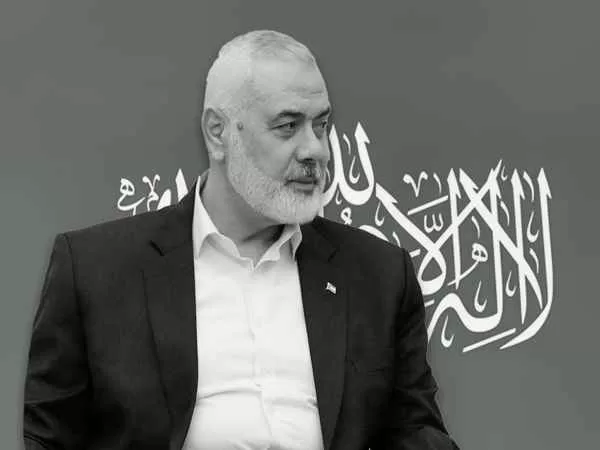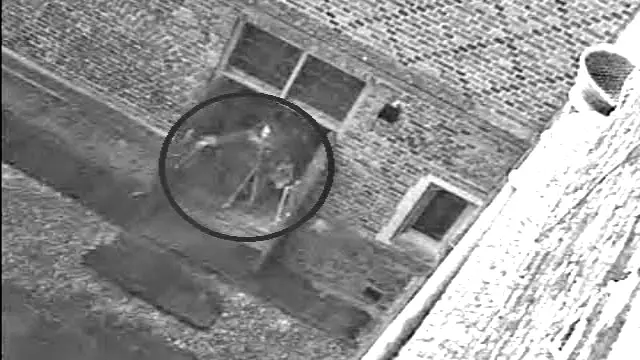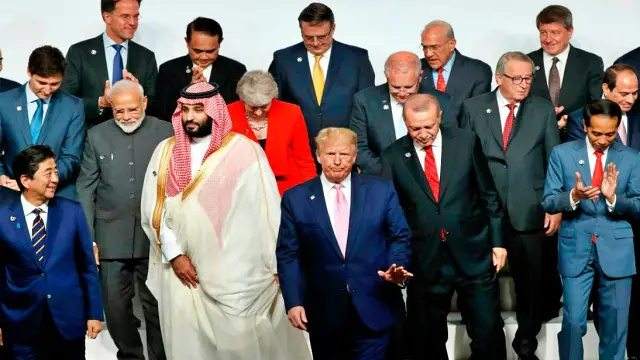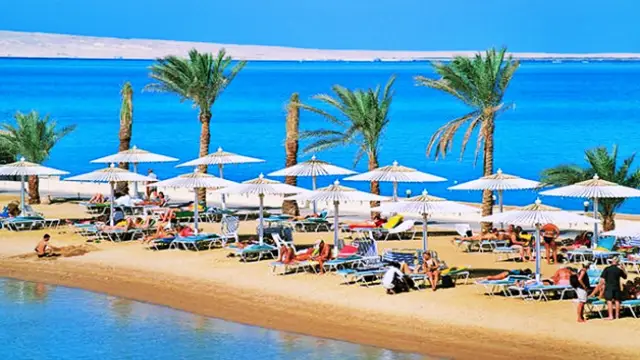In a dramatic turn of events, Hamas chief Ismail Haniyeh and one of his bodyguards were killed in Tehran, Iran. The Islamic Revolutionary Guard Corps (IRGC) confirmed the incident on Wednesday, marking a significant breakthrough for Israel in its ongoing conflict with Hamas.
Key Points
The Incident
The IRGC’s statement revealed that Haniyeh was targeted in a “treacherous Zionist raid” on his residence in Tehran early Tuesday morning. Hamas described the attack as a calculated strike, underscoring the intensity of the confrontation between Israel and the militant group. The raid’s timing was particularly notable, as Haniyeh was in Tehran to attend the swearing-in of Iran’s new president, Masoud Pezeshkian.
Official Statements
The IRGC expressed condolences to Palestine and Iran, highlighting Haniyeh’s role as the head of Hamas’s political office. The statement conveyed the gravity of the loss to the Resistance Front and the broader Islamic nation. Despite the confirmation of Haniyeh’s death, the details of the attack remain under investigation.
Hamas, in its statement, mourned the loss of their leader, referring to him as a “brother, leader, mujahid” and confirming his death following his participation in the Iranian presidential inauguration. The group emphasized the need for a thorough investigation to uncover more about the attack.
A Meeting Before the Strike
Just before the fatal raid, Iran’s Supreme Leader, Seyyed Ali Hosseini Khamenei, met with Haniyeh. Khamenei’s office shared pictures of the meeting on social media, showcasing the strong ties between Iran and Hamas. Khamenei also met with Ziyad al-Nakhalah, the Secretary General of the Palestinian Islamic Jihad Movement, during this time.
Israeli Response
The Israeli Defense Forces (IDF) did not immediately comment on Haniyeh’s killing. However, Israel has previously vowed to eliminate key Hamas figures following the October 7 attack that claimed 1,195 lives, mostly civilians. The IDF’s recent airstrike in April, which killed three of Haniyeh’s sons, underscores the ongoing tension and conflict.
In response to Khamenei’s meeting with Haniyeh, the IDF posted a critical message on social media, highlighting the connection between Iran and its militant proxies. The post accused Iran of funding and arming groups like Hamas and Islamic Jihad to carry out attacks against Israelis.
Background and Implications
Ismail Haniyeh, based in Qatar, was a prominent figure in Hamas, a group considered a terrorist organization by Israel, the United States, and the European Union. His presence in Tehran for the swearing-in ceremony of Iran’s new president underscores the geopolitical alliances and the complex web of support among militant groups and their state sponsors.
The killing of Haniyeh in Tehran marks a significant escalation in the covert operations between Israel and its adversaries. The use of targeted raids in foreign territories highlights the lengths to which Israel is willing to go to neutralize threats.
The Aftermath
The immediate aftermath of Haniyeh’s death involves a flurry of diplomatic and intelligence activities. Iran’s Revolutionary Guards have vowed to uncover the details of the raid, while Hamas is likely to seek retribution. The attack also raises questions about the security and intelligence dynamics within Iran, a country often perceived as a secure haven for leaders of militant groups.
The broader implications of this incident extend to the fragile stability in the Middle East. It serves as a reminder of the perpetual state of conflict and the deep-rooted hostilities that define the region’s geopolitics. The death of a high-profile leader like Haniyeh could lead to retaliatory attacks, further destabilizing an already volatile region.
Conclusion
The killing of Hamas chief Ismail Haniyeh in Tehran marks a pivotal moment in the ongoing conflict between Israel and Hamas. As investigations continue and the world watches closely, this incident underscores the complexities and the high stakes involved in Middle Eastern geopolitics. The reverberations of this event will likely be felt for some time, influencing future strategies and actions by both state and non-state actors in the region.
Highlights in This Post: Hamas Chief Ismail Haniyeh, Tehran Raid, Israel-Hamas Conflict, Islamic Revolutionary Guard Corps, Masoud Pezeshkian, Seyyed Ali Hosseini Khamenei, Ziyad al-Nakhalah, Palestinian Islamic Jihad Movement, Middle East Geopolitics, Targeted Assassinations,





















